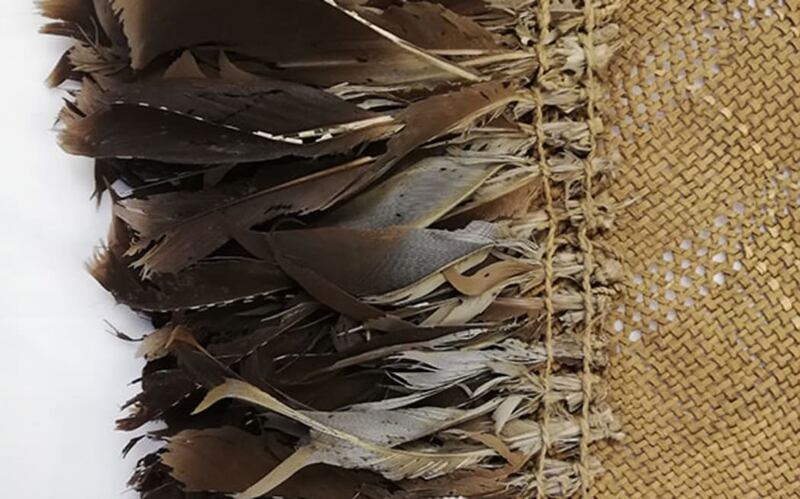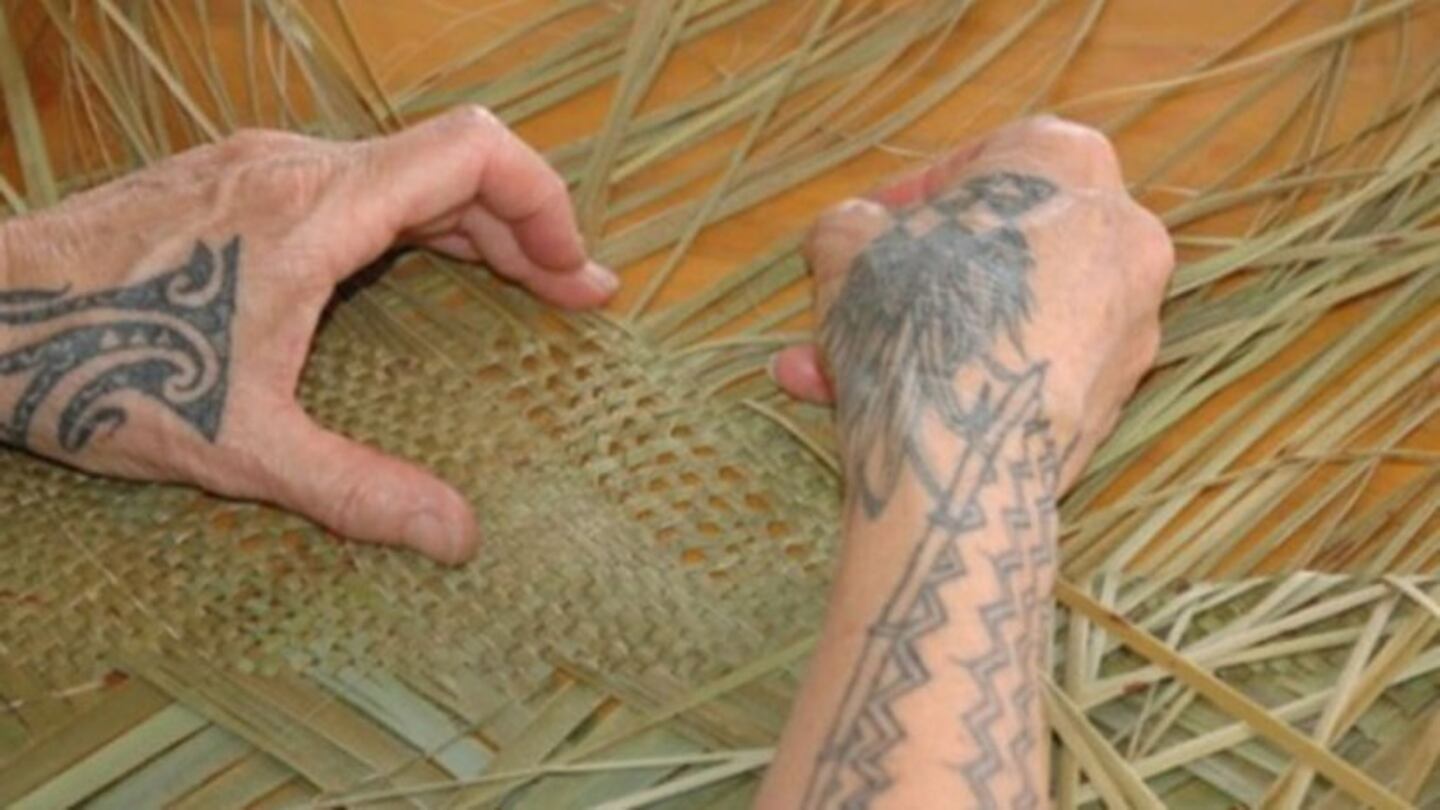Weavers had to reverse-engineer forgotten techniques to replicate the centuries-old sail. Photo / Supplied / LDR
A traditionally-woven Māori sail arrived in Urenui this weekend, completing a circle begun a century ago.
Northland weavers brought the sail to the annual celebration of one of Ngāti Mutunga's most famous sons - Te Rangihīroa, also known as Sir Peter Buck.
As well as being a doctor and MP, Te Rangihīroa was a scholar and tireless advocate for Māori arts, examining many taonga held in museums around the world.
In December 1922 he challenged weavers to visit the British Museum and work out how to replicate a unique woven sail, known as Te Rā, which is over 200 years old.
Ruth Port is from the weaving group Te Rā Ringa Raupā, which took up the wero and in 2019 studied and photographed the sail in London.
"The first time that I met Te Rā my breath was just taken away, because of so many things: the mana that she has, the fineness of her weave, the complexity of the skills that are within her, she's just so exquisite."
Te Rā is the only known Māori sail from before European explorers arrived.
"She's thought to have been collected by an early voyager, possibly Captain Cook. The reason they think possibly Captain Cook is that the museum was gifted Te Rā from the British Admiralty," which commissioned his first voyage.
It wasn't obvious how to recreate the lost weaving technology, partly because Te Rā had been attached to a fabric backing for preservation, so its construction couldn't be fully examined.
Port said it appeared to be a ceremonial sail, as it was adorned with dog-skin and feathers of kāhu (hawk).

Kahu feathers indicate Te Rā was a ceremonial sail. Photo / Supplied / LDR
Te Rā Ringa Raupā returned to Northland and reverse-engineered the sail by weaving Hine Mārama, a scaled-down version of the original.
Hine Mārama featured at Te Rā o Rangihīroa are Urenui Pā on Saturday, with a presentation by Te Rā Ringa Raupā.
Ngāti Mutunga pouwhakahaere Mitchell Ritai said the visiting weavers had met the challenge laid down a century ago "to reacquire this ancient knowledge that continues to exist within the sail itself."
"Te Rangihīroa was saying in 1922… that those taonga exist in other institutions around the world for us to be able to recreate them back home in New Zealand, and to restore and revitalise that knowledge."
"For the group it was quite important for them to share this with Te Rangihīroa's whānau."
He said the weavers will also invite whānau to the unveiling of their full-scale replica of Te Rā on December 14 - exactly 100 years since Te Rangihīroa wrote his challenge.


